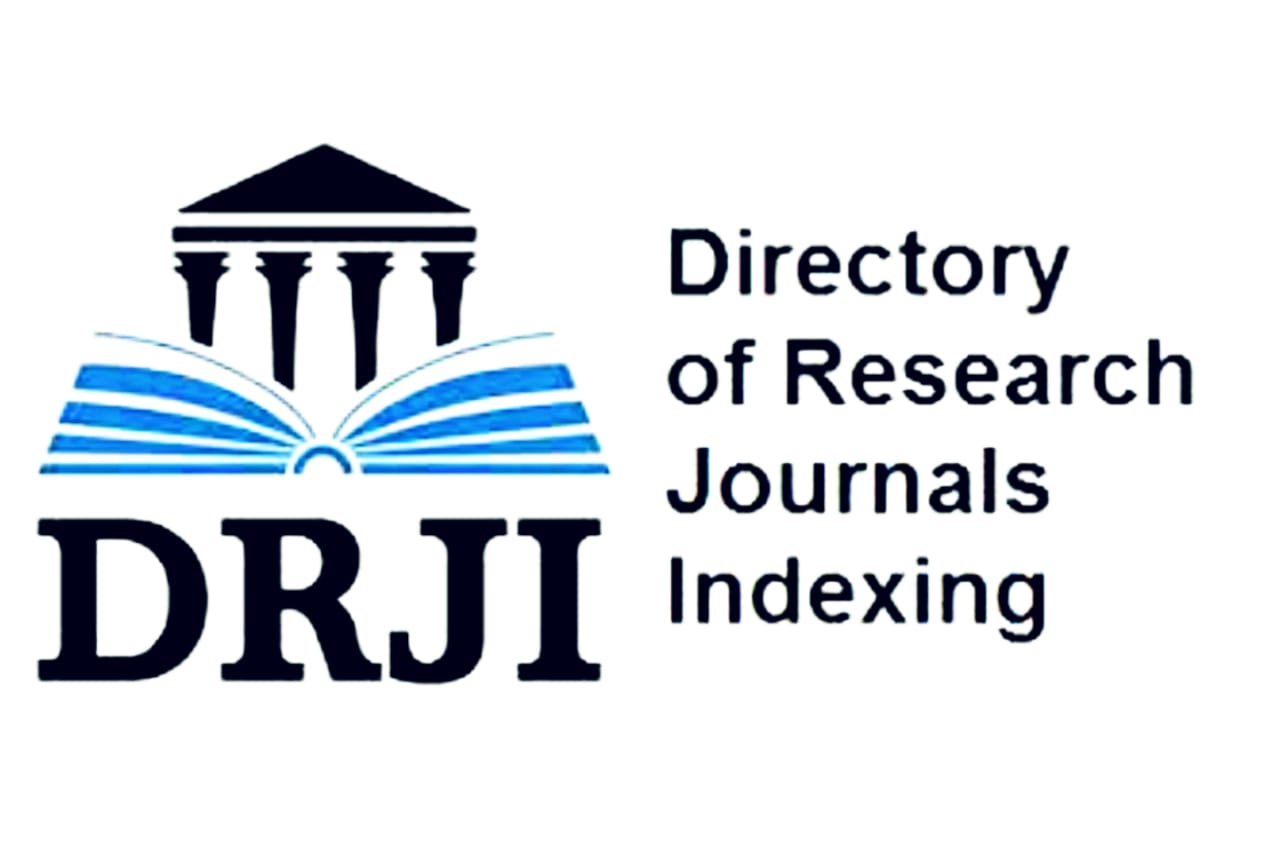Optimization of conditions of ultrasound-assisted extraction of effective compounds from apple pomace (malus domestica)
DOI:
https://doi.org/10.26577/ijbch.2020.v13.i1.14Abstract
Every year millions of tons of fruit peels, such as that from apples, oranges and pomegranates are disposed of as juice factory wastes in our country as well as globally. Unfortunately, Iran with a 15.2-30% green waste production, currently holds the first place in the world fruit waste production. The current study was carried out with the goal of optimizing the ultrasound-assisted extraction of antioxidant compounds from apple pomace. In this study the optimal conditions of ultrasound-assisted extraction (US) of effective compounds from the ethanolic extract of apple pomace by use of the response surface method (Box-Behnken design) with three variables consisting of ultrasound amplitude (20, 60 and 100 %), ultrasound exposure time (15, 35 and 55 min) and ultrasound temperature (35, 50 and 65 0C). According to Derringer’s desired function approach, the optimal conditions based on both individual and combinations of all process variables were ultrasound amplitude 82.36%, ultrasound exposure time 35.24 min and ultrasound temperature 51.48 0 C. At this optimum condition, the predicted maximum values of the total phenolic compound (TPC) 1,1-diphenyl-picrylhydrazyl free radical scavenging (DPPH) and extraction yield (EY) were 74.53% of gallic/ 100 g, 83.85% and 17.74%, respectively. The experimental values were in a good agreement with the predicted values. Also, the TPC, DPPH and EY maceration method were 11.10 mg of gallic acid/100 g, the free-radical scavenging as 2.79% and the extraction efficiency as 4.46%. The results
demonstrated that US could be a very effective method for continuous extraction of natural compounds.
Downloads
How to Cite
Issue
Section
License
ааа
















